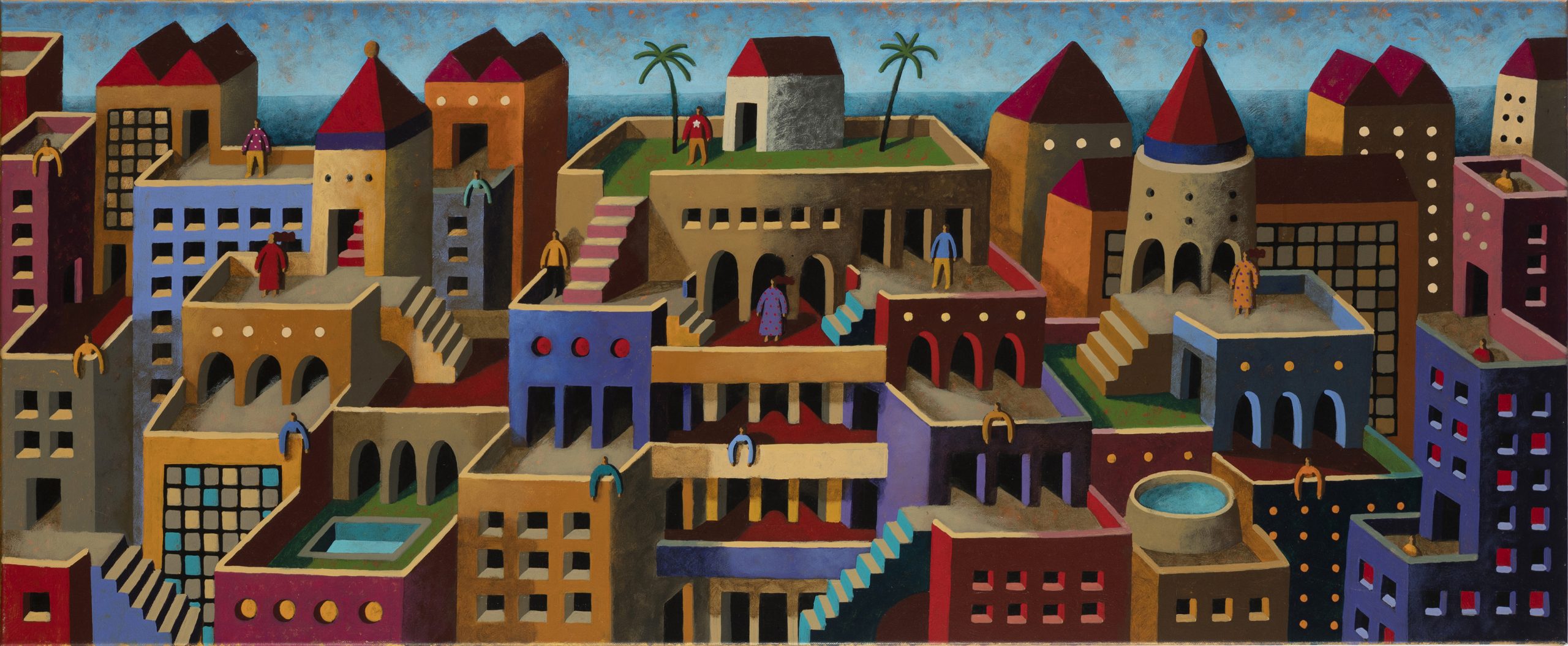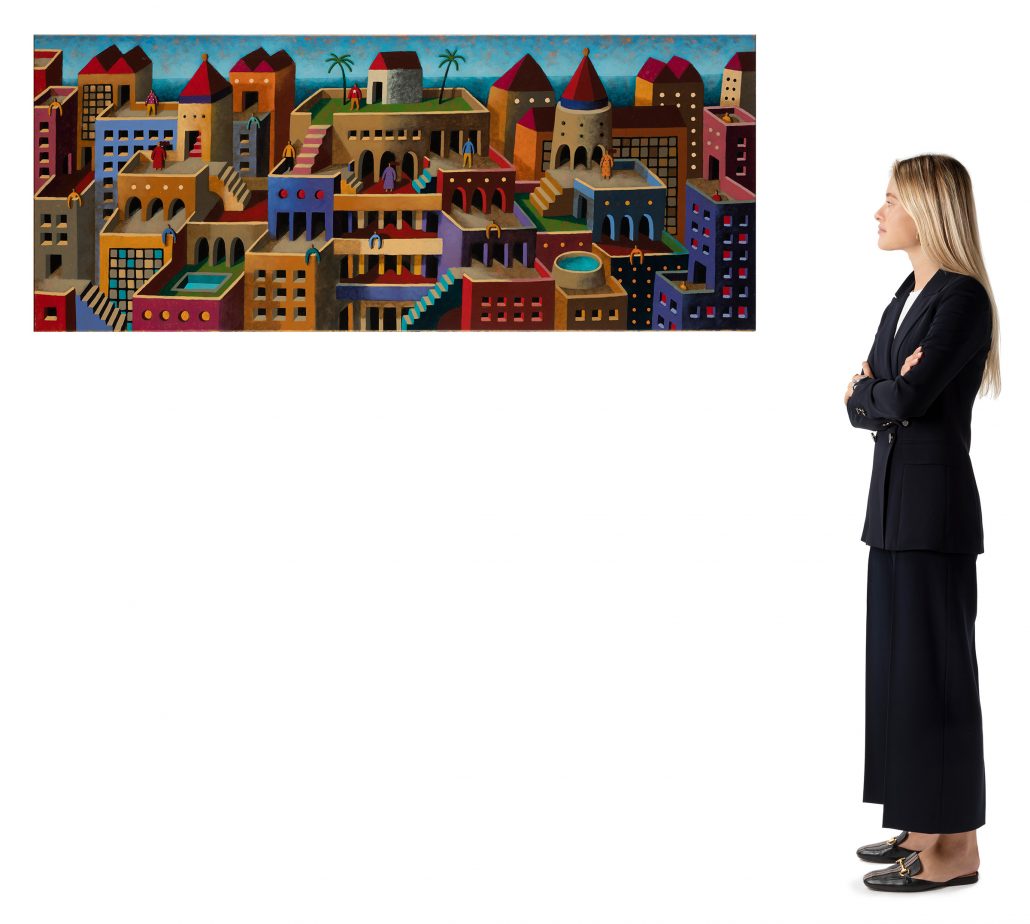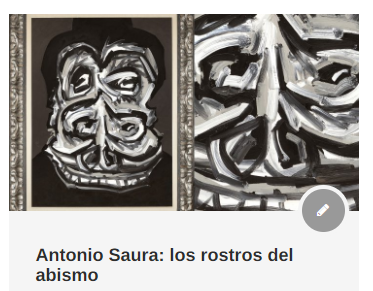Jordi Pintó: between utopia and reality
Jordi Pintó’s utopian geometries come to Setdart with one of his characteristic urban views.
Habitual for decades of the national art scene, the painter born in Cardona is now also an international attraction thanks to its growing presence in contemporary art fairs such as Turin, Singapore and Hong Kong. Its success in the recent exhibition Viva Arte Seoul, held at the Hyundai Museum ALT1, confirms once again that Spanish art has launched its conquest of the powerful Asian market.

Jordi Pintó’s work is in line with his particular way of understanding life, immersing us fully in magical scenographies that, under an apparent simplicity and placidity, hide a universe of fantasy in which inhabit a myriad of symbolisms that invite us to reflection.
His unique and unmistakable style is linked to the pictorial tradition of the last century and the utopian vision of avant-garde movements such as cubism, fauvism, constructivism, surrealism or metaphysical painting, deconstructs and reinterprets to give life to a fantasy reality that arises from the imagination, sense of humor and irony.
The crossbreeding of these references gives way to a work whose aesthetics, as naive as mysterious, is based on a vigorous chromatism and a precise and emphatic drawing that, with a pronounced tendency to geometrization and simplification of forms, gives his scenarios that balance between order and chaos that is so characteristic of his compositions.
Within the plastic imagery that he has been developing for more than three decades, urban views acquire a special significance, reflecting on existential issues such as the sustainability of society, ecology, alienation and loneliness. It is in these scenarios where the references to metaphysical painting and especially to that of its creator Giorgio de Chirico are most evident. Following his postulates, Pintó aspires to capture the inner life of the subconscious through the representation of scenarios or everyday objects that give rise to a kind of painted dream where reality becomes enigmatic until it becomes confused with dream and memory.
In this aspect, the figures that appear on the terraces and between the galleries reinforce this idea of introspection and existential concern by stripping them of their physiognomies and simplifying their anatomy to the maximum, just as Chirico did in his impassive faceless mannequins. The representation of the human figure will be understood as that of an automaton or machine, insisting once again on the idea of emptiness and loneliness provoked
by a time that, without any trace of humanity, neither advances nor arrives. His cheerful, naive and even childish appearance should not lead us to a superficial interpretation of his work, but rather invites us to discover and delve into the underlying layers of meaning. In fact, through the choice of perfectly studied titles, the artist launches a declaration of intentions that, in this case, underlines the link with de Chirico and the sensation of timelessness that he also conveyed with his characteristic urban views.
Magic, joie de vivre and love are only the epidermis of a work in which, if we stop for a moment, we will see the true existential burden that, like a catalog of emotions, is hidden under an apparent innocence.






